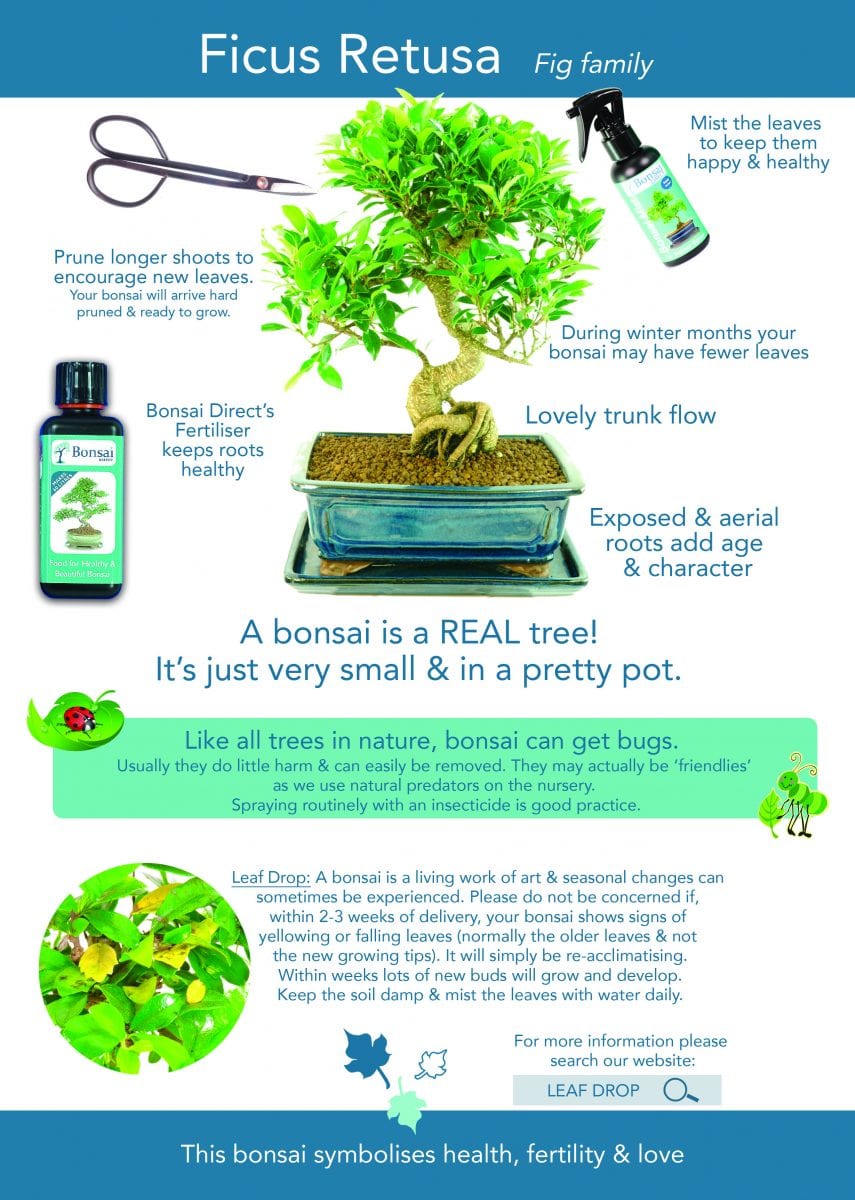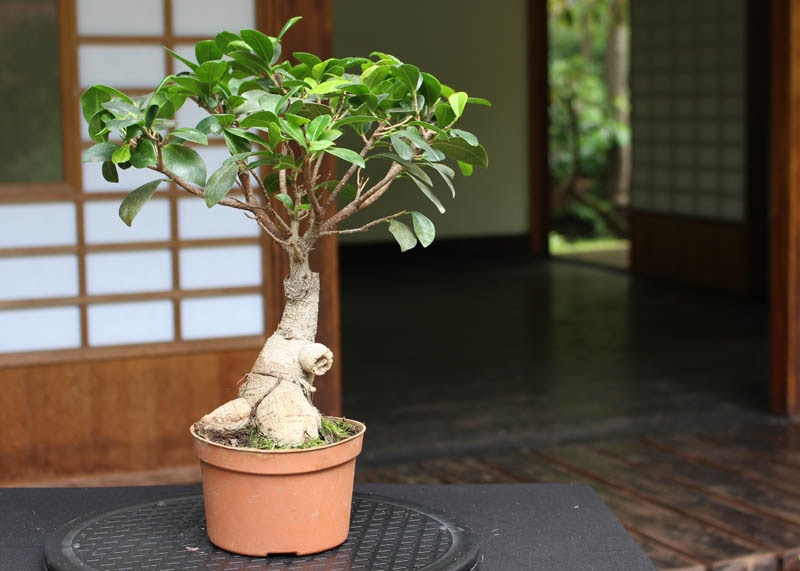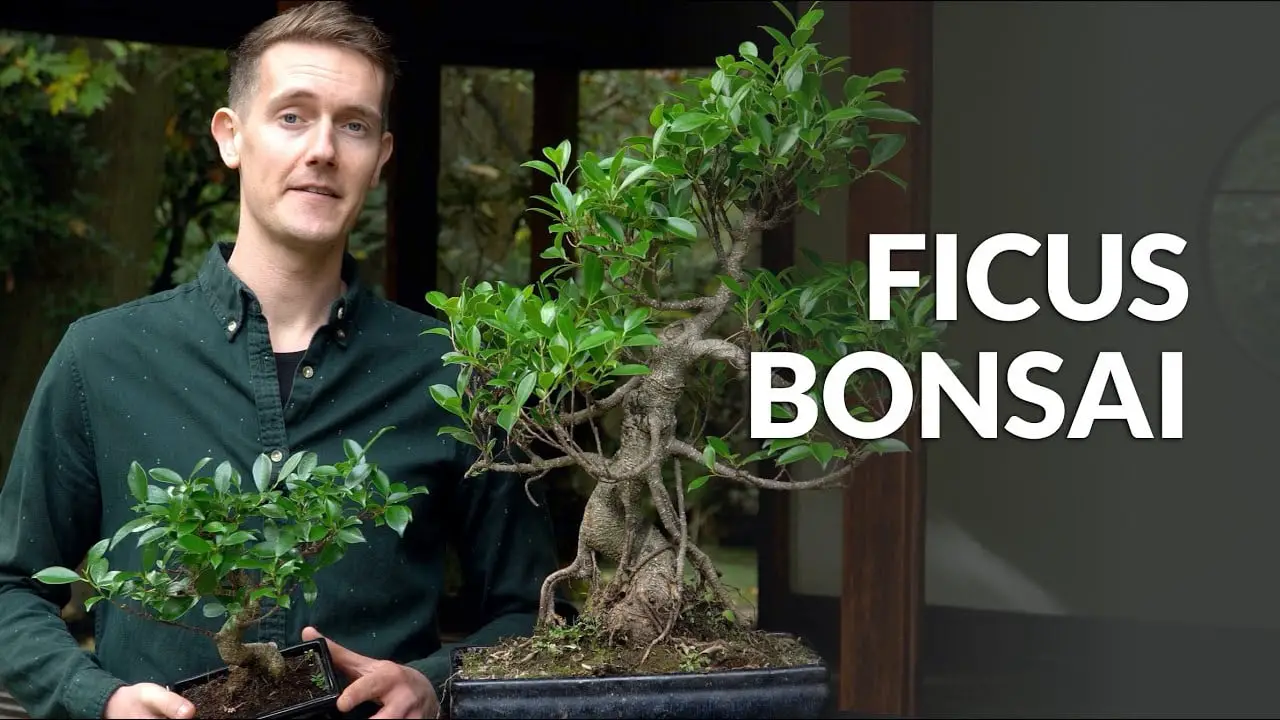Looking to add a touch of natural elegance to your indoor space? Look no further than the captivating beauty of a braided ficus bonsai. These miniature trees, also known as Ficus Microcarpa, offer a unique and enchanting addition to any home or office.
But how do you care for these delicate wonders? Do they need direct sunlight? How often should they be watered? Can a mature ficus be braided?
In this article, we’ll explore the care tips and techniques for maintaining the health and vibrancy of a braided ficus bonsai, providing you with all the knowledge you need to nurture this magnificent creation of nature. Let’s dive in and unlock the secrets of this captivating botanical treasure.

Braided Ficus Bonsai
Overview of Braided Ficus Bonsai
Braided Ficus Bonsai, also known as Ficus Microcarpa, is a stunning and unique variety of bonsai that features intertwining trunks braided together to create an intricate and visually appealing design. This particular bonsai is highly sought after for its beautiful appearance and its ability to thrive both indoors and outdoors. With proper care and attention, a braided ficus bonsai can become a cherished addition to any space.
Characteristics of Braided Ficus Bonsai
The Braided Ficus Bonsai is characterized by its braided trunks that give it a distinctive and captivating look. This species of ficus is known for its glossy, dark-green leaves that have an oval shape and a slightly pointed tip. The ficus bonsai can grow up to 3 feet tall and its foliage can spread out and create a dense canopy, adding to its overall appeal. The braided trunks of the ficus bonsai not only make it a visually interesting plant, but they also add strength and stability to the bonsai, allowing it to withstand different environmental conditions.
Care Tips for Braided Ficus Bonsai
Sunlight Requirements
Braided Ficus Bonsai thrives in bright, indirect sunlight. While it can tolerate some direct sunlight, it’s best to place the bonsai in a location where it can receive filtered light throughout the day. Too much direct sunlight can scorch the leaves and cause damage to the plant. If you’re growing your braided ficus bonsai indoors, choose a spot near a window that gets plenty of bright, indirect light.
Watering Needs
Proper watering is essential for the health and vitality of a braided ficus bonsai. It is important to keep the soil evenly moist, but not overly saturated. Check the moisture level of the soil regularly by inserting your finger into the soil up to the first knuckle. If the soil feels dry at that depth, it’s time to water the bonsai. When watering, ensure that water reaches all areas of the pot, allowing the roots to absorb moisture. Avoid letting the bonsai sit in standing water, as this can lead to root rot and other issues.
Soil and Fertilizer
A well-draining soil mix is crucial for a braided ficus bonsai to thrive. Choose a bonsai-specific soil mix that allows for proper drainage and aeration. Additionally, fertilizing the bonsai is important for providing it with the necessary nutrients for healthy growth. Use a balanced, water-soluble fertilizer designed for bonsai trees, and follow the instructions on the packaging for proper application. Fertilize the bonsai regularly during the growing season, typically from spring to autumn, to boost its growth and overall health.
Temperature and Humidity
Braided Ficus Bonsai prefers warm temperatures ranging from 65 to 75 degrees Fahrenheit (18 to 24 degrees Celsius). It can tolerate slightly higher or lower temperatures, but extreme fluctuations should be avoided. In terms of humidity, this bonsai species appreciates moderate levels of humidity. To increase humidity around the bonsai, you can place a humidity tray filled with water near the plant or mist the leaves with water occasionally. However, be cautious not to over-mist, as excessive moisture can lead to fungal diseases.
Pruning and Shaping
Regular pruning is essential for maintaining the desired shape and size of a braided ficus bonsai. Prune back excessive growth to encourage compactness and stimulate new growth. Remove any dead, damaged, or diseased branches to maintain the overall health of the bonsai. Additionally, shaping the bonsai through wiring and training techniques can help to achieve specific styles and aesthetics. However, be careful when wiring the bonsai, as the braided trunks can make it slightly more challenging.
Pests and Diseases
Braided Ficus Bonsai can be susceptible to common bonsai pests such as aphids, mealybugs, and scale insects. Regularly inspect the bonsai and its leaves for any signs of pests, and take immediate action if you notice an infestation. Use a gentle insecticidal soap or horticultural oil to treat the affected areas. As for diseases, ficus bonsai can be prone to root rot if overwatered or left in standing water. Avoid waterlogged soil and ensure proper drainage to prevent this issue.

Braiding Techniques for Ficus Bonsai
Preparing the Bonsai
Before starting the braiding process, ensure that the ficus bonsai is healthy and in the right condition for the braiding technique. Remove any dead or damaged branches and ensure that the bonsai is properly pruned and shaped. This will make it easier to work with the trunks during the braiding process.
Selecting the Braiding Pattern
Choose a braiding pattern that appeals to you and complements the overall aesthetic of the ficus bonsai. Common braiding patterns include the simple braid, the fishtail braid, and the rope braid. Each pattern creates a unique look and adds a touch of artistic flair to the bonsai.
Braiding the Trunks
Start by gently separating the trunks of the ficus bonsai to make them more pliable and easier to braid. Carefully bring the trunks together and begin braiding them, ensuring that each trunk is tightly intertwined with the others. Take your time and be patient during this process, as it may take some time to achieve the desired braided look.
Securing and Maintaining the Braids
Once the trunks are braided to your satisfaction, use bonsai wire or twine to secure the braids in place. Gently wrap the wire or twine around the braided section, making sure not to apply too much pressure that could damage the trunks. Leave the wire or twine in place for several weeks to allow the braids to set and hold their shape. Regularly inspect the braids and remove the wire or twine once the braids are securely held together.

Braided Ficus Bonsai is a visually stunning and unique variety of bonsai that can add a touch of elegance and beauty to any space. By following the care tips and techniques mentioned above, you can ensure the health and longevity of your braided ficus bonsai.
Remember to provide it with the right amount of sunlight, water, and nutrients, and regularly prune and shape the bonsai to maintain its desired form and style. With proper care and attention, your braided ficus bonsai will thrive and become a cherished centerpiece in your bonsai collection.



